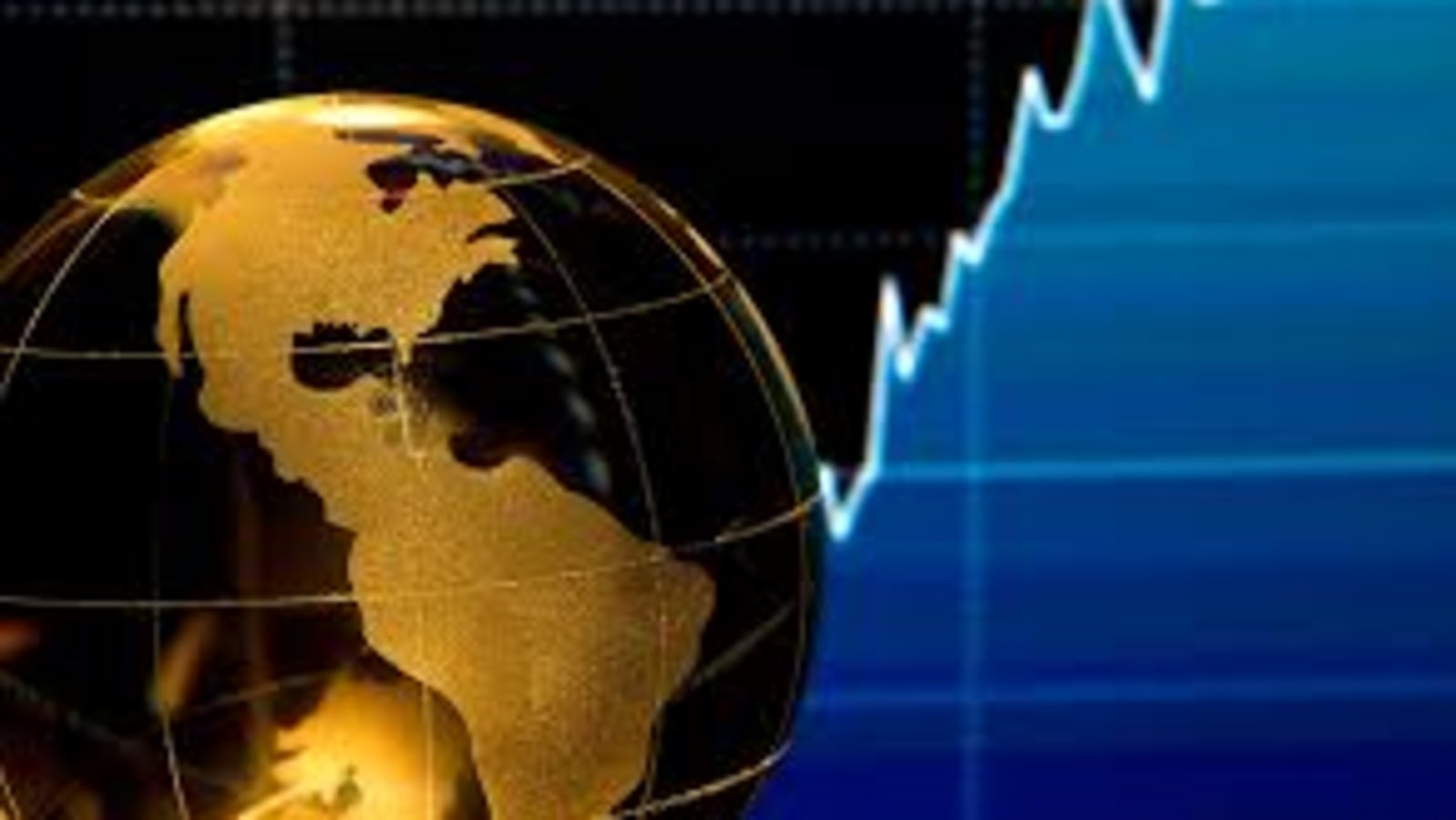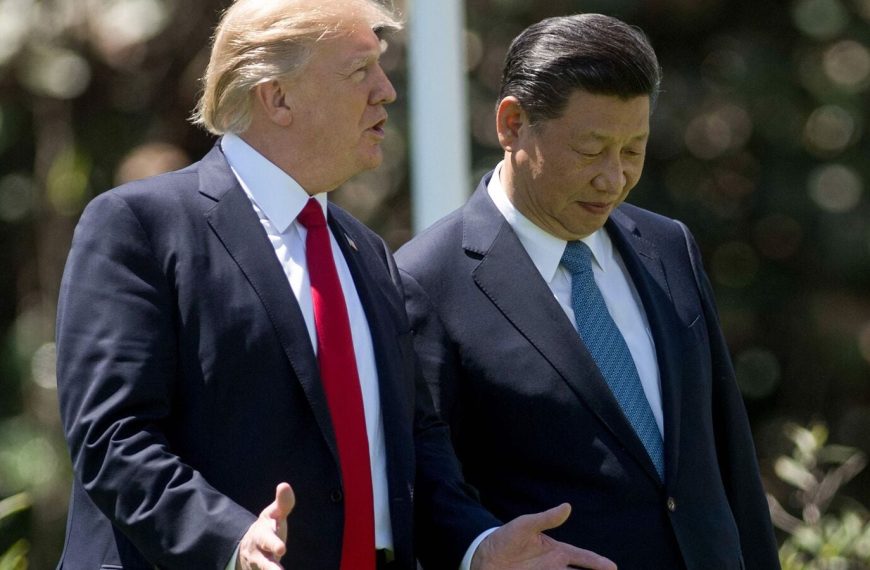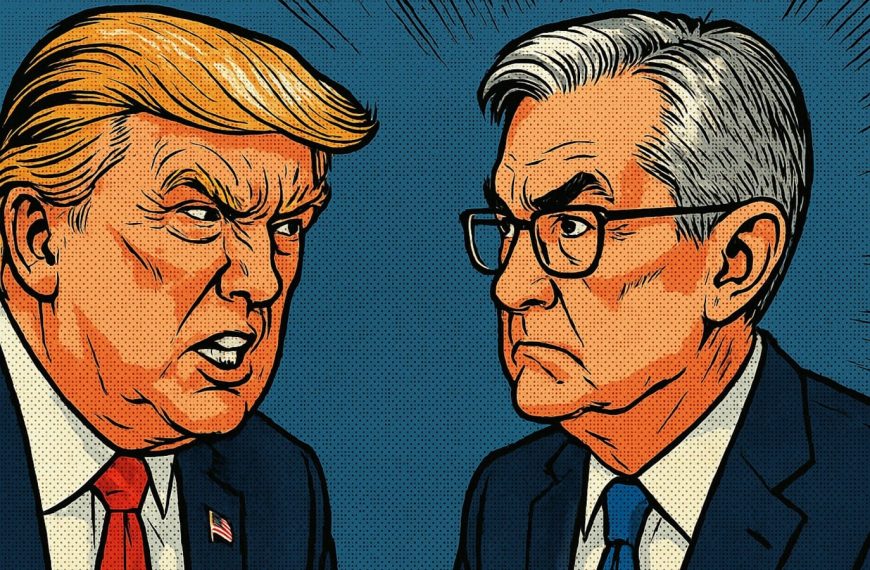Consumer Sentiment Dips Amid Economic Uncertainty
Recent surveys have revealed a significant drop in U.S. consumer sentiment, falling to its lowest point in over two years. This decline comes as long-term inflation expectations have surged, sparking concern over the economic implications of rising tariffs on foreign goods. With the situation evolving rapidly, many are left wondering how these factors will affect their wallets and the broader economy.
Economic Data Highlights
- U.S. Consumer Sentiment: The University of Michigan’s latest survey indicates a notable decrease in consumer confidence, reflecting growing fears regarding financial stability and rising prices.
- Inflation Expectations: Long-term inflation projections have surged by the largest margin since 1993, amplifying worries about the economic landscape.
- Price Trends: In February, consumer prices experienced their slowest growth in four months, providing a glimmer of hope for households facing potential price hikes due to tariffs.
The escalating trade tensions, particularly under the Trump administration, are raising alarms among economists. They predict that an ongoing trade war could result in higher costs for everyday items, from groceries to clothing, putting consumer resilience to the test.
Global Economic Landscape
Meanwhile, across the Atlantic, the UK economy has experienced an unexpected contraction at the start of the year, primarily due to downturns in manufacturing and construction sectors. Chancellor of the Exchequer Rachel Reeves attributes this economic turbulence to global political instability, which has hindered growth.
- UK Economic Challenges: The recent decline in output is compounded by severe weather events, notably the worst storm in a decade, which has negatively impacted various industries.
In Germany, the political landscape appears increasingly unstable, as the nation grapples with infrastructure decay and a shrinking political center. This could have far-reaching implications for the entire European continent if not addressed soon.
Asia’s Economic Pressures
In Asia, China is facing persistent deflationary pressures, with consumer inflation dipping into negative territory for the first time since 2021. Experts warn that unless the government intervenes to reduce excess capacity, these deflationary trends may continue.
- India has seen its inflation rate drop below the central bank’s target, prompting policymakers to consider further interest rate cuts amidst global trade challenges.
- Japan has reported a significant increase in workers’ base pay, marking the fastest growth in over three decades, a positive sign for demand-driven economic expansion.
Emerging Markets and Global Trade Dynamics
In Brazil, President Luiz Inacio Lula da Silva faces rising food costs, posing a significant risk to his administration amid ongoing financial challenges.
On a global scale, a recent incident at the Port of Tampa Bay highlights the chaotic impact of U.S. tariffs. A cargo ship from India arrived with a substantial aluminum shipment, only to be ordered to unload as tariffs were set to take effect the following day. This disruption is a microcosm of the broader challenges faced by businesses across the nation due to changing trade policies.
Interest Rate Trends
The Bank of Canada has adjusted interest rates downward, citing the trade conflict with the U.S. as a major concern, while several other nations, including Pakistan, Poland, and Serbia, have opted to maintain their current rates amid economic uncertainty.
As we navigate these turbulent economic waters, the interplay between consumer sentiment, inflation, and global trade dynamics will undoubtedly shape the financial landscape in the coming months.











